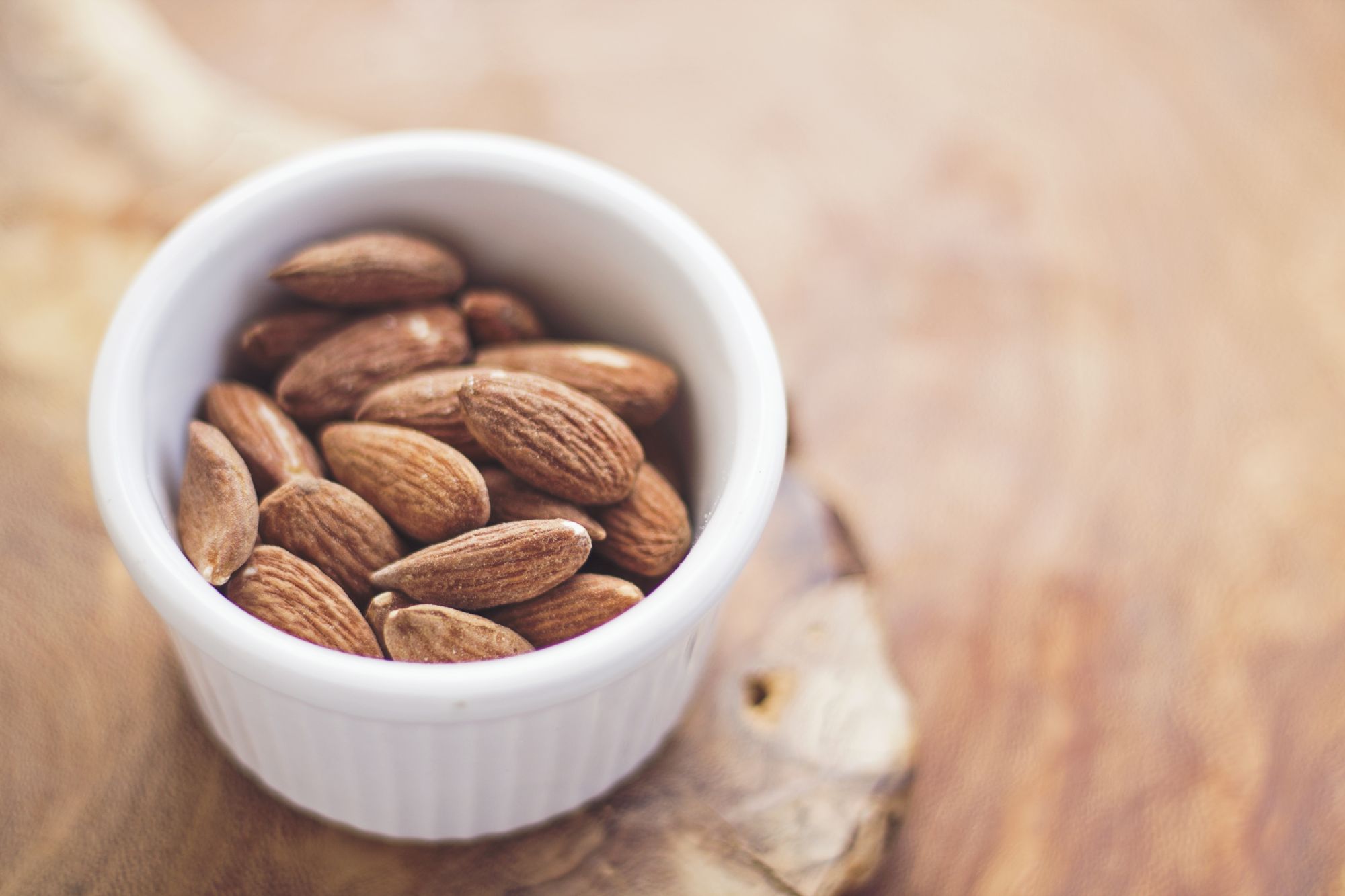This is the fifth of a seven-part series, where we invite skin and beauty experts to explain the intricacies of the vitamins found in our skincare products
While not as hyped as other vitamins like vitamin A and C, vitamin E is a common ingredient that we often see in skincare products like hand lotions and moisturising creams. But despite its long history in topical skincare, its properties and efficacy as a skincare ingredient are not widely known. Does this antioxidant offer the same level of anti-ageing benefits as vitamin A and C on its own? Or is it best used to complement other active ingredients? We speak to Dr Teo Wan Lin of TWL Specialist Skin & Laser Centre and Pauline Ng of Porcelain to find out more.

What is Vitamin E?
Vitamin E is a fat-soluble vitamin that can be found naturally in plant products like wheat germ, sunflower and safflower oils, or nuts and seeds. There are a total of eight types of vitamin E, and alpha-tocopherol and gamma-tocopherol are the most common forms of the vitamin that are also naturally found in human skin.




